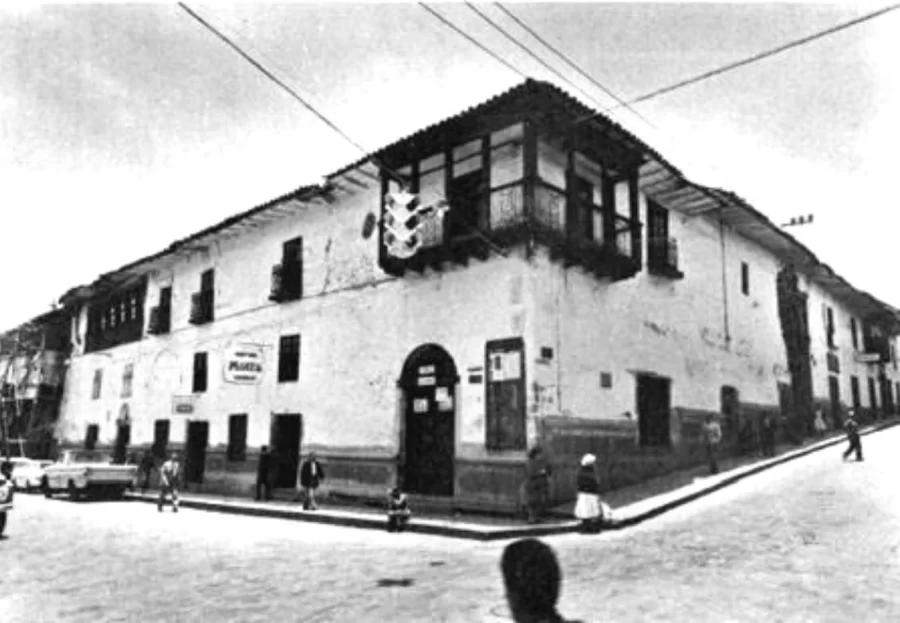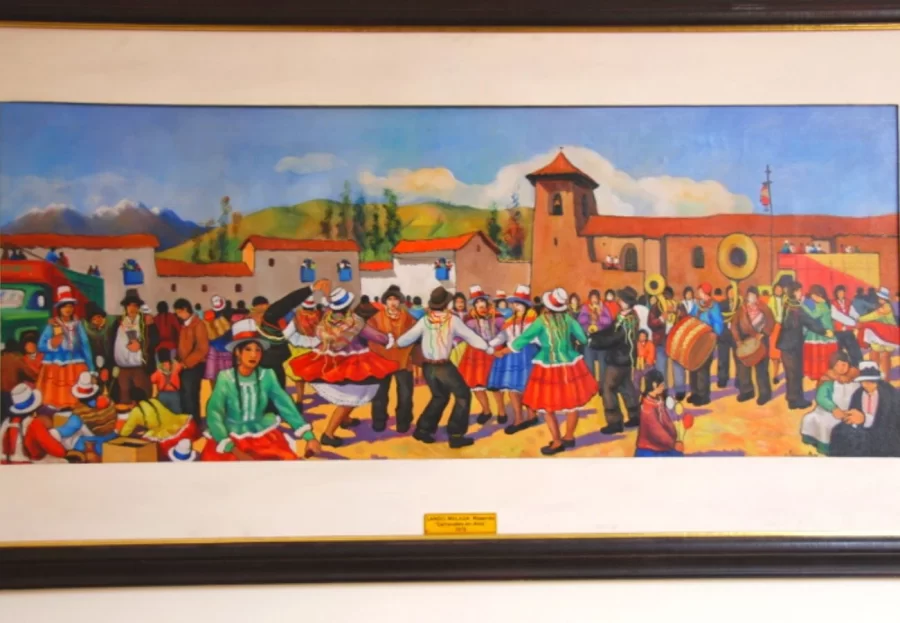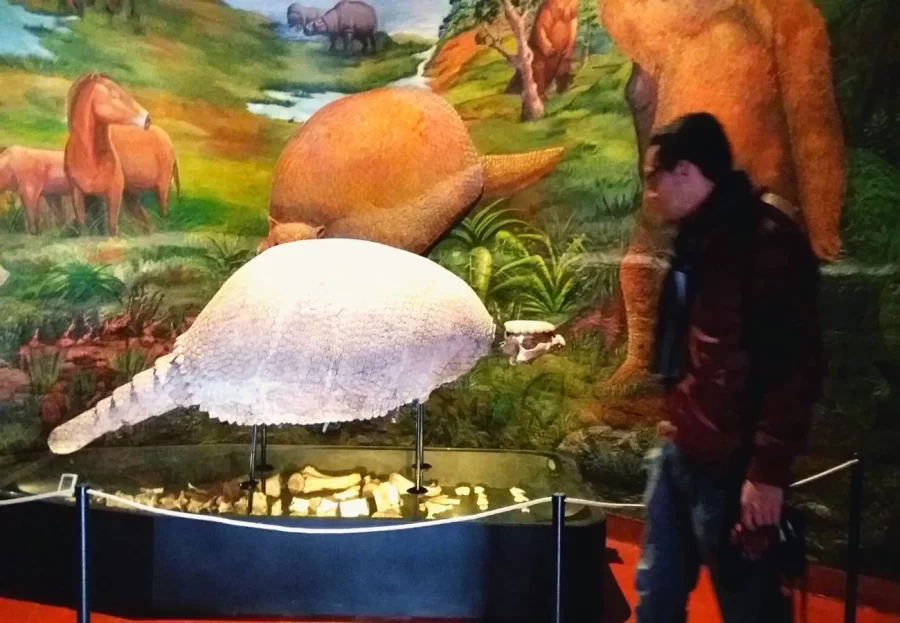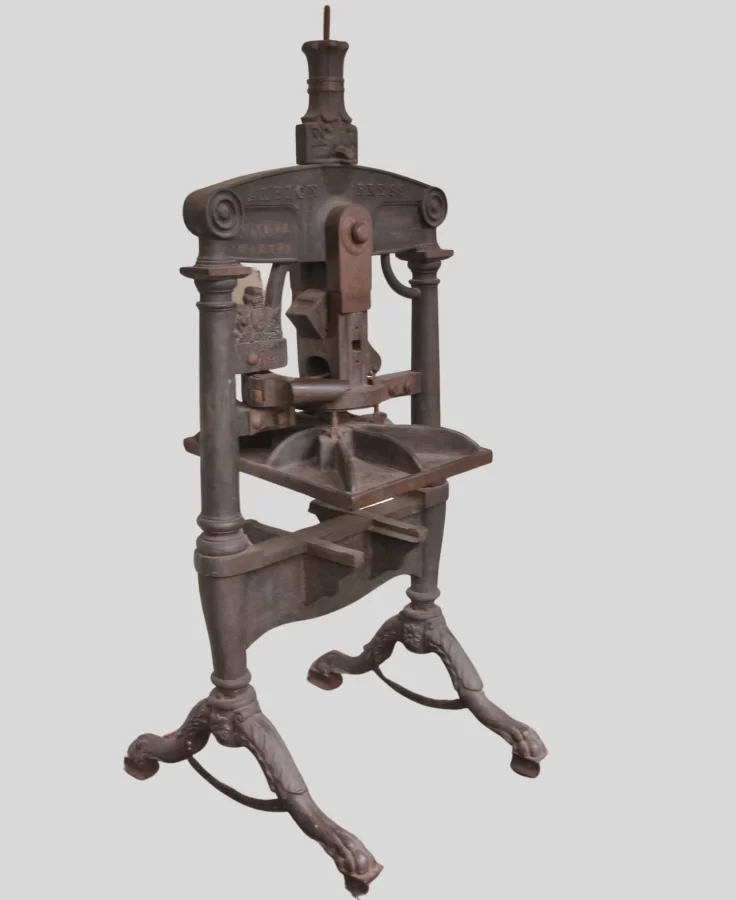Visiting the city of Cusco, considered as one of the dream destinations, actually has many places to show us and one of these are the various museums that expose great historical representations such as the Regional Historical Museum of Cusco.
This museum has about thirteen rooms in which it exhibits different periods of the history of Cusco and Peru, then we will detail what you can find in each of the rooms.
Table of Contents
As I mentioned before, this museum has twelve rooms, below I will detail everything you can find here:
Dinosaurs that were found in Cusco, here they exhibit the fossil remains of a glyptodon and a mammoth, the parts of its body were restored, these remains were found in Acomayo.
Pre-Inca Cusco, in this sample the pre-Inca Cusco man, as well as photographs of archaeological remains that showed the rock shelter with an antiquity of more than 10 thousand years being one of the oldest in America.
Wari Culture - Cusco, in this one there are all kinds of objects only from the Wari culture, one of the most important cultures before the Incas.
The Incas, in this room you can see all the materials used by the Incas from stonework that was the main material, its metallurgy, pottery especially what catches everyone's attention is the stone with which the fortress of Sacsayhuaman was built.
Cusco agriculture, as we know the Incas were engineers in agriculture, which is why there are terraces or ecological floors; then one of the materials they used was the chaqitaqlla.
Inca-Spanish Gods, here you can see the transition that the Incas lived when the Spaniards brought the Catholic religion and imposed it so that everyone would believe it, however, the gods of the Incas merged with the Christian faith and only then could this religion remain.
Art in the colony, one of the works that you can not only see them in the museum but in the churches of Cusco, among the works that stand out more are the painter Bernardo Bitti who through his paintings wanted to evangelize the people of Cusco or also the Mendivil family who are characterized by making their works with elongated neck.
Gastronomy during the colony, here you can see a series of canvases of the Cusquenian School, some with Andean and gastronomic themes; one of them in the famous last supper with a background dish with the vizcacha, not only that, there is also the route of Peruvian pisco and it appears in maps since 1615.
Saints of Peru, is another gallery of religious canvases in which you can see saints of the city of Cusco as Mr. de Huanca, Taytacha de los Temblores among others.
Revolution of Túpac Amaru, this room is dedicated only to the martyr of the independence of Peru, cacique cusqueño who died dismembered by the Spaniards, there is also a film Túpac Amaru.
Colonial style, here we will be shown everything that was used and what were the customs during the viceroyalty, you can also see objects such as mirrors, dishes, paintings and other utensils.
Inca Garcilaso de la Vega, this room is only of the chronicler Inca Garcilaso who was the son of a Spaniard and an Inca princess, in which you can see a life-size sculpture.
Precisely because this was the compound of the chronicler Inca Garcilaso de la Vega, whose real name was Gómez Suárez de Figueroa, son of a Spanish conquistador and an Inca princess.
This house was built at the end of the XVI century in the terraces of the city of Cusco, time later the museum was created and had different headquarters and in 1967 the National Institute of Cultural acquired the house of the Inca Garcilaso, at the moment it is the historical museum of Cusco.
It is actually very close to the Plaza Mayor of Cusco, which will take you about 5 to 8 minutes walk, reference is in front of the Plazoleta Kusipata.
To visit the Regional Historical Museum you can go every day of the week from Monday to Sunday from 8:00 am to 5:00 pm.
The price to enter the museum you have to buy a tourist ticket that has a cost of 70 Peruvian soles that includes admission to this and other museums in the city of Cusco and even archaeological sites of Piquillacta and Tipon.




